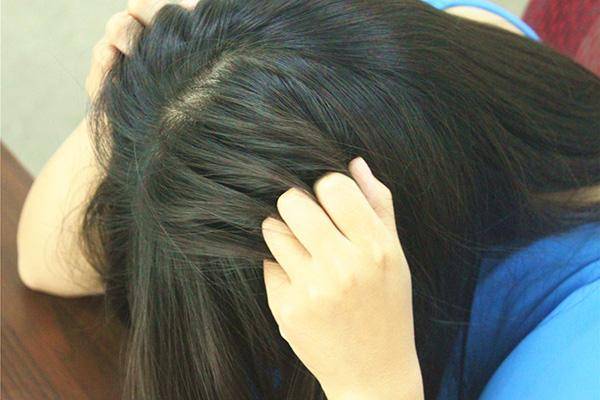Mania and depression are two extremes of emotions, the former characterized by heightened excitement and the latter by deep lows. It’s hard to imagine what it would be like for these two states to coexist in one person.
Such individuals are not common in everyday life, but some well-known figures like Van Gogh, Hemingway, and Monroe had these issues. They oscillated between mania and depression, with some describing it as “walking between heaven and hell” to encapsulate these extreme emotions. Many European composers also faced similar challenges, with this issue often dubbed as “genius disease” by ordinary people.
This combination of mania and depression is actually called bipolar disorder, or more vividly, bipolar disorder. Due to the inclusion of depressive characteristics, its impact on the body is more profound than depression, and the symptoms exhibited also include some features of depression.
During depressive episodes, the behavior closely resembles that of individuals with depression, losing interest in everything around them, lacking optimism, and frequently uttering self-depreciating phrases like “I’m no good” or “Why do bad things always happen to me.” They tend to avoid group activities, staying indoors, and avoiding conversations. They may inexplicably burst into tears of extreme sorrow during periods of intense sadness or solitude. Sometimes, they may feel physically weak and experience unprecedented fatigue (often after a manic episode).
Conversely, the hallmark of mania is sudden bursts of high energy. Individuals break free from a state of gloom or negativity, becoming extremely optimistic and full of energy. This can give the false impression that the depression has completely dissipated or improved. However, a closer look reveals a difference between their excitement and that of a normal person. During a manic phase, they may stay awake for days, their thoughts become more extravagant, and they may engage in impulsive physical activities, some of which may be aggressive, either towards oneself or others.
A significant characteristic is the alternating episodes of depression and mania, with these mood swings happening suddenly. By analyzing the causes, one can also identify some earlier signs.
Whether it’s bipolar or depression, both fall under the category of mood disorders. Simply put, the occurrence of both is related to inadequate emotional release; some external stimuli trigger negative feelings that are not vented out, leading to psychological issues. Such individuals tend to express their emotions earlier through inappropriate means, like smoking or drinking alone for no reason, lashing out at objects around them, or frequently losing their temper. After a bout of release, they immediately become hysterical and sink back into a state of despair.
These occurrences are not only influenced by external stimuli but also by childhood experiences. Low self-esteem, a pessimistic outlook, extreme ways of handling situations — these personality traits often form during childhood and can contribute to the development of bipolar disorder. Any individual with such traits should work to address and change them promptly.
The above details highlight some manifestations and factors that may influence the occurrence of bipolar disorder, aiming to enhance awareness of this issue. In daily life, it is essential to learn to release negative emotions properly, address existing personality flaws, and stay clear of such psychological problems.


